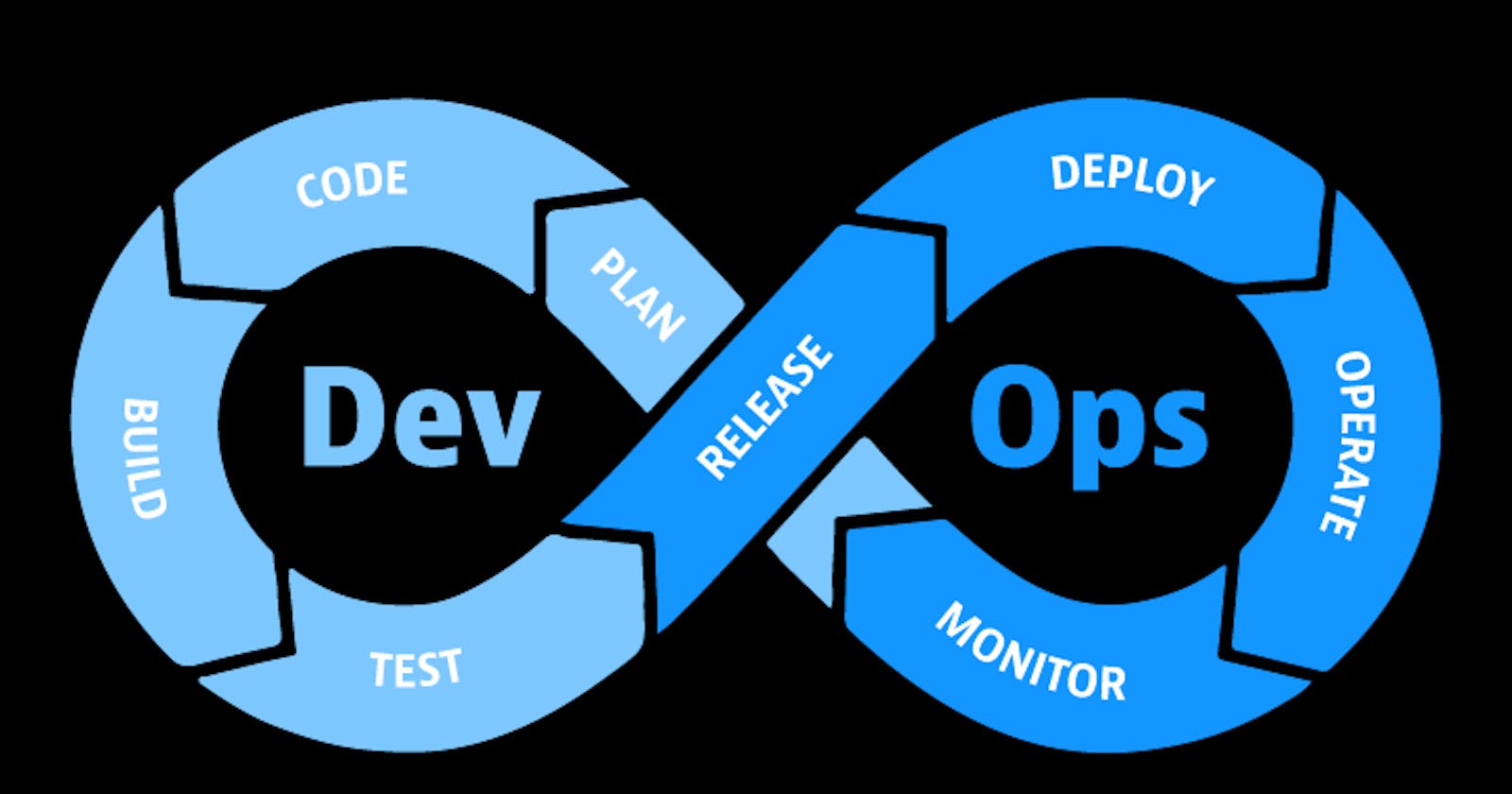DevOps to begin with was seen to be out of reach for a lot of us as we didn't have an environment or requirement anything like a Netflix or fortune 500 but think now that is beginning to sway into the normal when adopting a DevOps practice within any type of business.
You will see from the second link below in references there are a lot of different industries and verticals using DevOps and having a hugely positive effect on their business objectives.
The overarching benefit here is DevOps if done correctly should help your Business improve the speed and quality of software development.
I wanted to take this Day to look at successful companies that have adopted a DevOps practice and share some resources around this, This will be another great one for the community to also dive in and help here. Have you adopted a DevOps culture in your business? Has it been successful?
I mentioned Netflix above and will touch on them again as it is a very good model and advanced to what we generally see today even still but will also mention some other big name brands that are succeeding it seems.
Amazon
In 2010 Amazon moved their physical server footprint to Amazon Web Services (AWS) cloud this allowed them to save resources by scaling capacity up and down in very small increments. We also know that this AWS cloud would go on and make a huge amount of revenue itself whilst still running the Amazon retail branch of the company.
Amazon adopted in 2011 (According to the resource below) a continued deployment process where their developers could deploy code whenever they want and to whatever servers they needed. This enabled Amazon to achieve deploying new software to production servers on average every 11.6 seconds!
Netflix
Who doesn't use Netflix? a huge quality streaming service with by all accounts at least personally a great user experience.
Why is that user experience so great? Well, the ability to deliver a service with no recollected memory for me at least of glitches requires speed, flexibility, and attention to quality.
NetFlix developers can automatically build pieces of code into deployable web images without relying on IT operations. As the images are updated, they are integrated into Netflix’s infrastructure using a custom-built, web-based platform.
Continuous Monitoring is in place so that if the deployment of the images fails, the new images are rolled back and traffic rerouted to the previous version.
There is a great talk listed below that goes into more about the DOs and DONTs that Netflix lives and dies by within their teams.
Etsy
As with many of us and many companies, there was a real struggle around slow and painful deployments. In the same vein, we might have also experienced working in companies that have lots of siloes and teams that are not working well together.
From what I can make out at least from reading about Amazon and Netflix, Etsy might have adopted the letting developers deploy their code around the end of 2009 which might have been before the other two were mentioned. (interesting!)
An interesting takeaway I read here was that they realised that when developers feel responsible for deployment they also would take responsibility for application performance, uptime and other goals.
A learning culture is a key part of DevOps, even failure can be a success if lessons are learned. (not sure where this quote came from but it kind of makes sense!)
I have added some other stories where DevOps has changed the game within some of these massively successful companies.
NASA
The NASA Double Asteroid Redirection Test (DART)mission, led by the Johns Hopkins University Applied Physics Laboratory (JHU/APL), will be the first ever space mission to demonstrate asteroid deflection by a kinetic impactor. The DART flight software team recognizes that meeting this challenge, especially within cost and schedule constraints, requires enhancing software practices with a strong Development and Operations (DevOps)methodology. DevOps fuses software development and operations to form a tight feedback loop during software construction and release deployment. The team has established and implemented a DevOps architecture that has already benefited the DART mission, including successful integration testing with NASA's Evolutionary Xenon Thruster-Commercial (NEXT-C)electric propulsion system. This DevOps architecture consists of several key components: a Software-In-The-Loop (SWIL)environment that acts as a spacecraft on a laptop, enabling a scalable automated test program, a Continuous Integration (CI)regiment that provides rapid feedback during the daily development workflow, and a Continuous Delivery (CD)practice that enables single click deployment of the latest flight software to DART's Hardware-In-The-Loop (HWIL)testbeds. DART is on target to achieve the goal of a successful, nightly, simulated asteroid impact.
Resources
Thank you all for following this blog, have a blessed weekend! ❤
